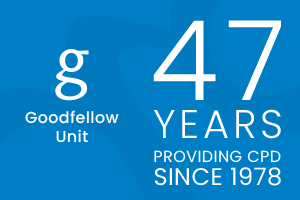The incidence of Type 1 (T1D) and type 2 (T2D) diabetes is rising worldwide particularly in adolescents. It is important to distinguish them from the less common monogenic forms of diabetes.1,2 “The causes are embedded in a complex societal framework that determines behaviour and environmental influences interacting with complex genetic and epigenetic systems.”3
Rate of loss of glycaemic control on lifestyle alone or with metformin monotherapy is three to fourfold higher in adolescents with T2D than published rates in adults.4
More rapid progression of complications is also seen in youth with T2D. Poor management of T1D in adolescents include family conflict about diabetes, depressive symptoms, diabetes distress and low socioeconomic resources.
Protective skills include confidence and a positive attitude to handling diabetes-related challenges, seeking and receiving appropriate help from family and health care providers. Building diabetes strengths in adolescents may improve outcomes.
This Gem has been checked by Dr Rinki Murphy, Diabetes Specialist Greenlane and Middlemore Hospitals.


